Once upon a time, the Earth was home to multiple human species, each with its own unique story of survival and ingenuity. Prehistoric hominids displayed remarkable moments of genius, courage, and hardcore survival instincts, navigating cataclysms and interacting with other human species in complex ways. Here are ten fascinating tidbits about our human ancestors that you probably never knew.
10. They Burnt Their Beds
In South Africa’s Border Cave, an early human community showcased advanced pest control techniques around 200,000 years ago. These ancestors of modern humans intentionally torched their beds. This wasn’t just about warmth; it was a sophisticated method of pest control. By layering the ashes of old beds into new bedding, along with insect-repelling plants, they effectively kept their sleeping areas free of pests. They understood the value of ash in blocking insects’ breathing, making their beds a safer and more comfortable place to rest.
9. The Face Of A Rare Ancestor
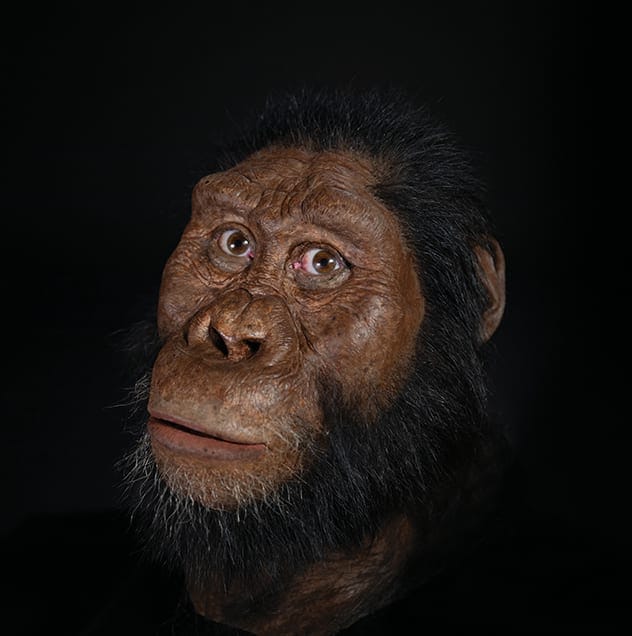
The Australopithecus group, ancestors of the Homo species, has always been shrouded in mystery. The discovery of bone fragments from A. anamensis initially provided limited information. However, researchers in Afar, Ethiopia, unearthed the rest of the cranium in 2019. The facial reconstruction revealed a creature more ape-like than human, bridging a crucial gap in the fossil record. Aged 3.8 million years, this specimen linked Australopithecus species to the earliest human ancestors who lived 6 million years ago, providing invaluable insights into our evolutionary history.
8. Mass Extinction Of Eight Human Species
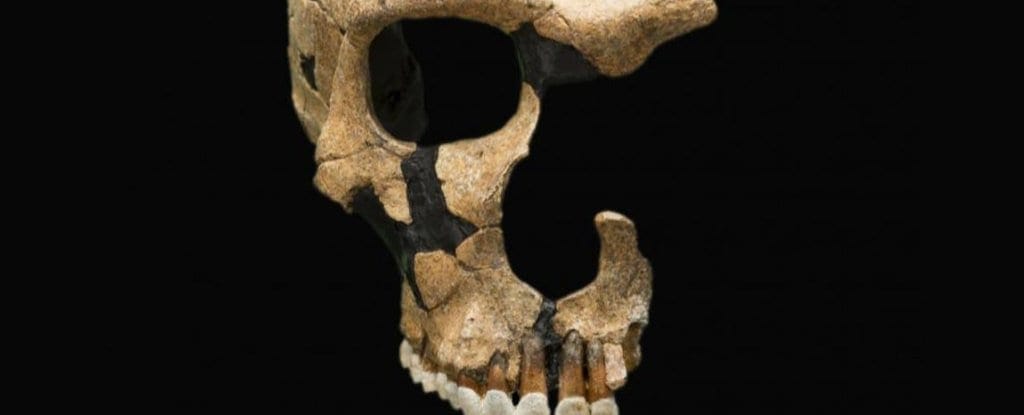
Around 300,000 years ago, Earth was inhabited by nine different human species. By 10,000 years ago, only one remained: Homo sapiens. The extinction of the other eight species is a complex and not fully explained event, but Homo sapiens’ emergence from Southern Africa is thought to be a major factor. This new human species was incredibly resourceful, and perhaps their expansion led to the decline of other human species through competition for resources, territory, and even direct conflict. Neanderthals, who showed signs of warfare on their skeletons, were among the longest to persist, suggesting a fierce battle for survival.
7. The Controversial Grazer
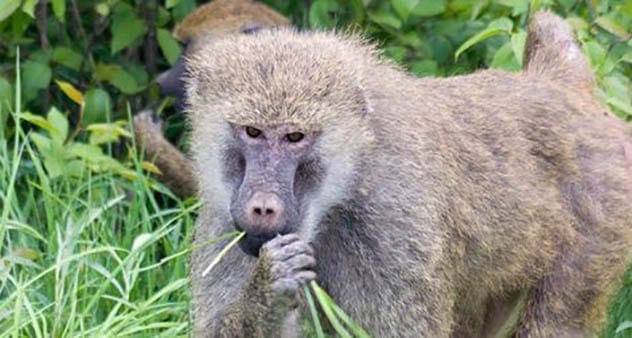
While we often picture our ancestors hunting, some may have simply grazed on grass. A. bahrelghazali, discovered in Chad in 1993, is believed to have been a leaf-nibbler, munching on grasses and sedges. However, its existence as a separate species is controversial. The 3.5-million-year-old jaw shared similarities with A. afarensis, but its location far from other discoveries led some to classify it differently. Regardless, its teeth suggest a primarily vegetarian diet, offering a unique glimpse into the diverse eating habits of early humans.
6. They Walked On Pyroclastic Flow
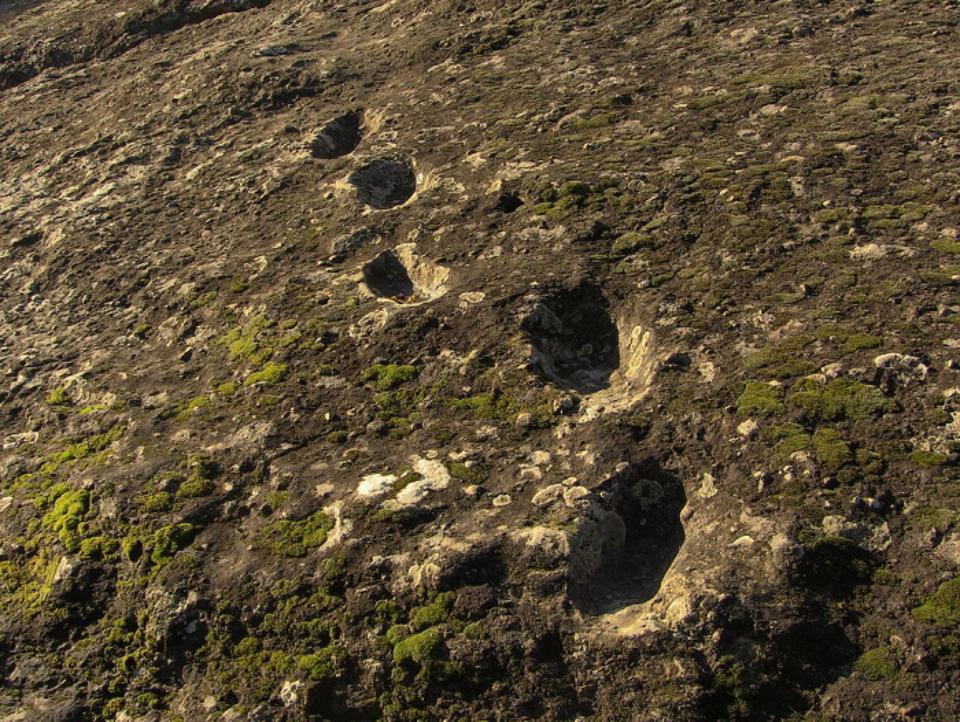
Imagine walking across the immediate aftermath of a volcanic eruption. Around 50,000 years ago, a group of Neanderthals did just that. Fossilized footprints found near Roccamonfina, Italy, indicate that these hominids strolled through fresh pyroclastic deposits. These deposits, left by rapid avalanches of ash, debris, and searing heat, would have been extremely dangerous. Why they entered such hazardous territory remains a mystery. Perhaps they were curious, searching for survivors, or seeking volcanic rocks for their tools. Whatever the reason, it highlights their adaptability and courage.
5. The Blue Mystery

Ancient texts lack any mention of the color blue. This absence spans across scripts from ancient Arabic, Hebrew, and Chinese cultures. Egyptians were the first to describe blue after inventing a blue dye. This leads to the question: was blue so scarce that it went unnoticed, or were early humans unable to perceive the color? It’s possible that our ancestors didn’t recognize blue shades, even though the sky was visible. Why blue was suddenly noticed after the invention of the dye remains unclear.
4. The Toba Survivors
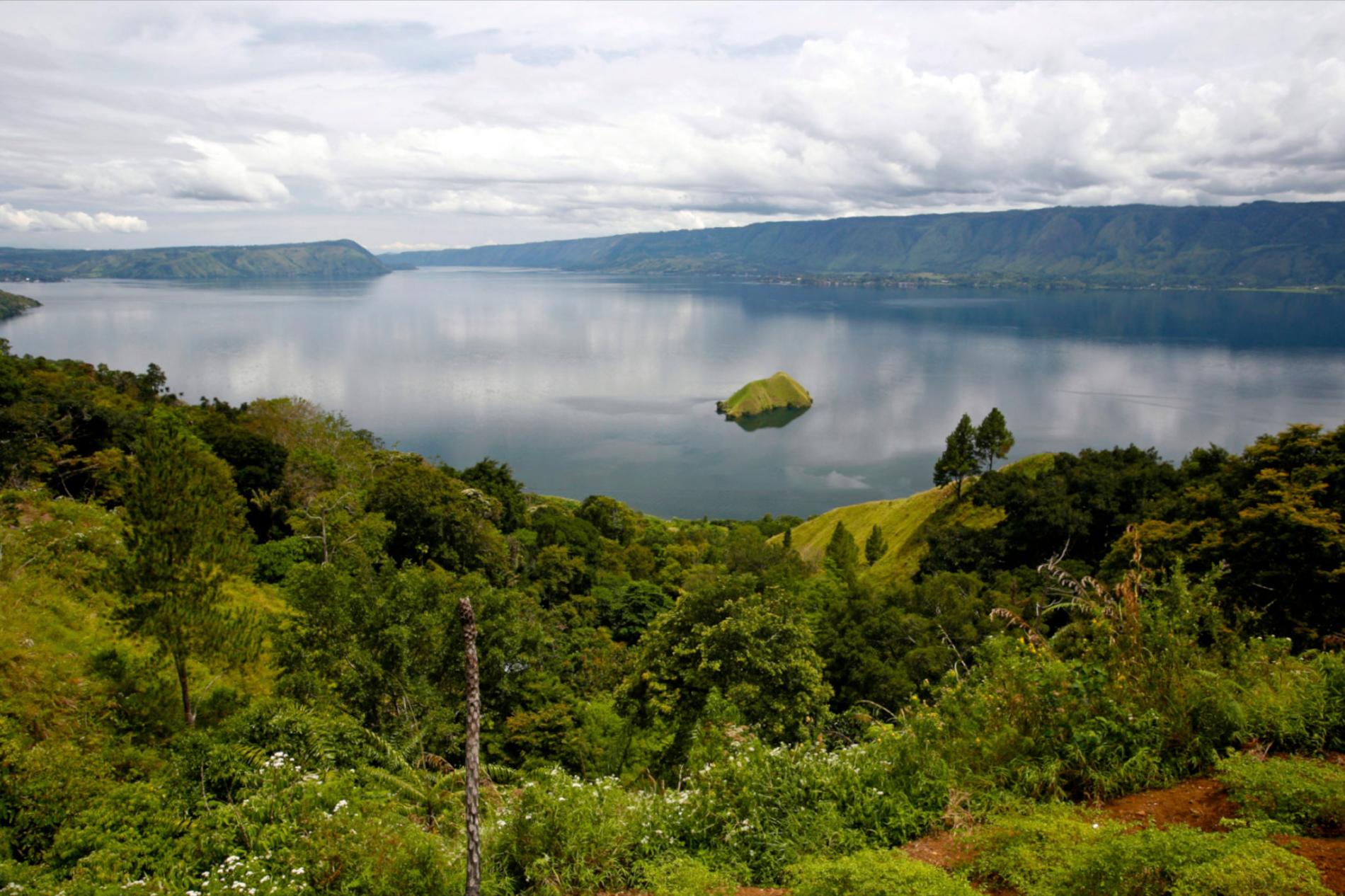
About 74,000 years ago, the eruption of Mount Toba on Sumatra triggered the worst volcanic event in two million years, causing a severe volcanic winter. This cataclysmic event nearly drove humanity to extinction. However, some groups survived and even thrived in southern Africa. Archaeological sites like Pinnacle Point and Vleesbaai have revealed that these people continued hunting, making tools, and maintaining their communities despite the harsh conditions. Their resilience remains a testament to human adaptability.
3. The Multi-Species Neighborhood
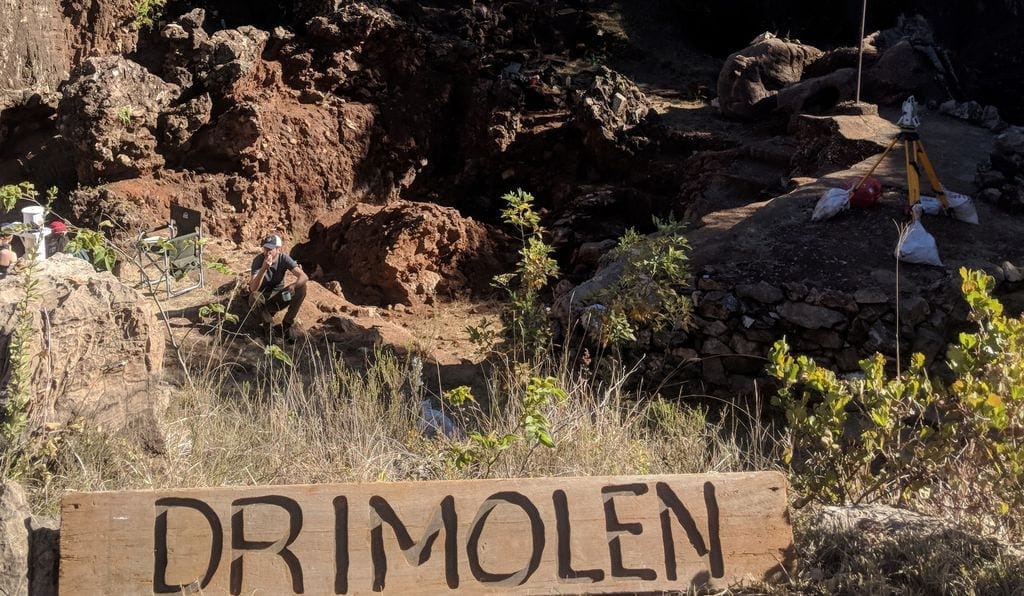
Around 1.9 million years ago, three different human species shared the same neighborhood near the Drimolen Paleocave System in South Africa. A. africanus, Paranthropus robustus, and possibly H. erectus coexisted in the same area. It remains unknown how much these groups interacted, but there were no signs of violence. The presence of H. erectus, typically associated with East Africa, raises questions about their origins and migration patterns. Perhaps they originated in southern Africa or migrated there to a pre-existing community.
2. The Yucatan Mystery Solved
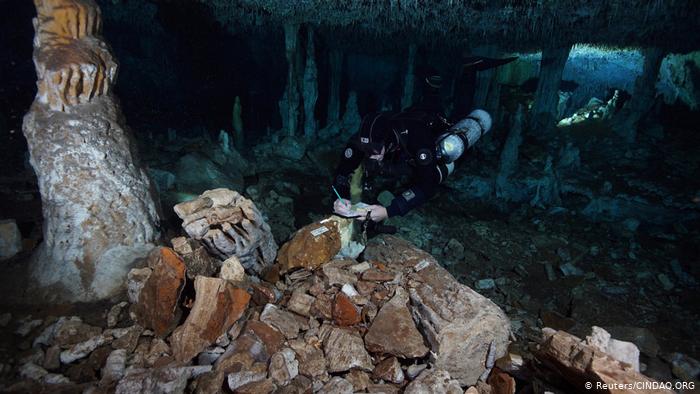
The presence of early human skeletons in the caves of Mexico’s Yucatan Peninsula puzzled researchers for years. In 2020, divers discovered a vast underwater ocher mine, revealing that these individuals were miners. The mine, which extends 7 kilometers into three different cave systems, was used for extracting ocher around 12,000 years ago for around 2,000 years. The undisturbed site provided insights into the miners’ tactics, tools, and navigation methods, offering a comprehensive look.
1. Eden Was In South Africa

Pinnacle Point, where humans survived the Toba eruption, was also inhabited by early modern humans around 170,000 years ago. This area was a veritable Eden, with a unique ecosystem that discouraged migration. Abundant food, water, and good weather meant that both humans and animals had everything they needed. The cave community didn’t have to travel far for resources, truly making it a haven. Even after the Toba eruption, Pinnacle Point potentially provided refuge, showcasing its enduring importance to human survival.
What do you think about these fascinating facts? Leave your comment below!










